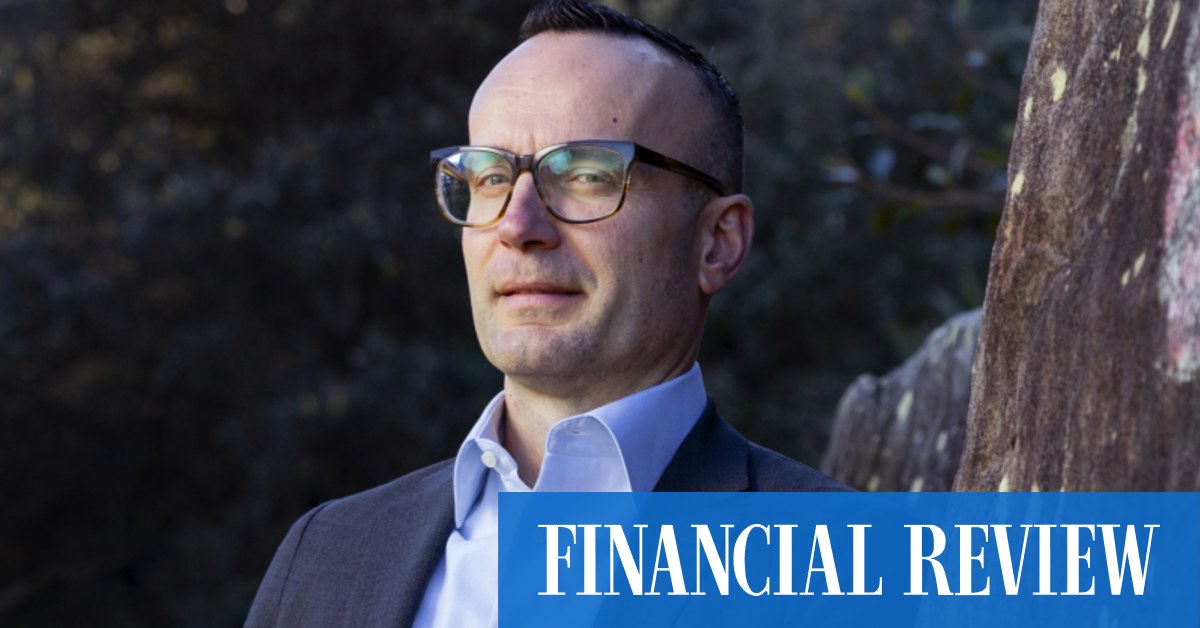Those dynamics describe both office and retail currently, according to Mr Misev, especially for institutional landlords including super funds which are still weighed down by legacy portfolios in those sectors that need working out.
“We look at these and we see pricing has dropped. There is no supply coming in, no one is building anything. Naturally, as a property investor, we see that supply and demand are out of whack.”
As Aware rolled through its contrarian strategy a decade ago, the composition of its property portfolio has swung from about 90 per cent in office and retail. Currently, its portfolio is above 40 per cent in living – Aware’s catch-all term for residential real estate ranging from build-to-rent, retirement villages and serviced apartments – with around 30 per cent in industrial, a little over 20 per cent office in Australia only and about 8 per cent retail.
‘Opportunistic approach’
The thematic drivers of that strategy remain firmly in place for Aware: demography – which creates the need for residential space – and technology, which has underlined the case for much industrial investment including cold storage.
But as Mr Misev’s team refresh the super fund’s property strategy with a view to where it will be in 2030, they are yet again willing to embrace a countercyclical style.
“We take a more opportunistic approach to where we go. What are the things that are a bit beaten up? Of course, the first thing you think of is office. You think of retail, and we say, ‘well, we’ve sold on almost everything that we didn’t want to hold, maybe it’s time to now start looking again because pricing is at the level of where we should have a look’. We are probably one of the few that don’t have any legacy issues.”
What that means on the ground for Aware – which has been expanding its London team – is a close look at opportunities in the UK capital, where landlords may be facing financial stress.
“In London, there’s a lot of old buildings no one wants to be in. Tenants don’t want to be an old B-grade or C-grade buildings. They want sustainable buildings with good amenities in central London, the West End and the City of London. Those areas have no supply.”
And with interest rates and development costs still high, it means Aware’s team are considering whether it makes more sense to take on an older office block and revamp it, rather than developing afresh, Mr Misev said.
In property terms, that means acquiring assets at lower prices, with higher capitalisation rates, an industry metric for investment yield.
“We’re going into a different environment where development doesn’t always make sense. Now we need to look at whether we can buy existing assets at higher cap rates because that makes more sense than developing. Why would you develop and take the development risk on if you can buy something at that same cap rate?
“We need to shift in how we extract value. We need to go more into those refurbishments where we can buy it at a better price on a high cap rate. Then do whatever we need to add value – re-leasing or repurposing – to get that cap rate down over the time. When the market becomes more liquid, that’s how you get the value.”
About 70 per cent of Aware’s property portfolio is held in Australia, with the rest overseas, mostly in Europe where it has investments in build-to-rent platforms in the UK and Spain, along with a stake in a serviced apartment operator based in Amsterdam.
Longer term, Mr Misev expects the offshore proportion of Aware’s real estate book to rise to between 40 per cent and 50 per cent – while retaining an overall domestic bias – making the super fund giant one of the few Australian players now willing to tackle the global property market.
“If this means that there’s going to be less global competition for assets, then we should be there. That’s how we like to play. We always take a bit of a countercyclical view.
“When we [see] there’s not that much liquidity, [we think] we should look at this because for us that’s a good buying opportunity.”

